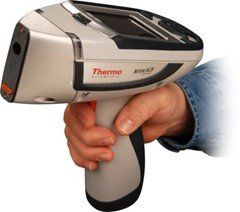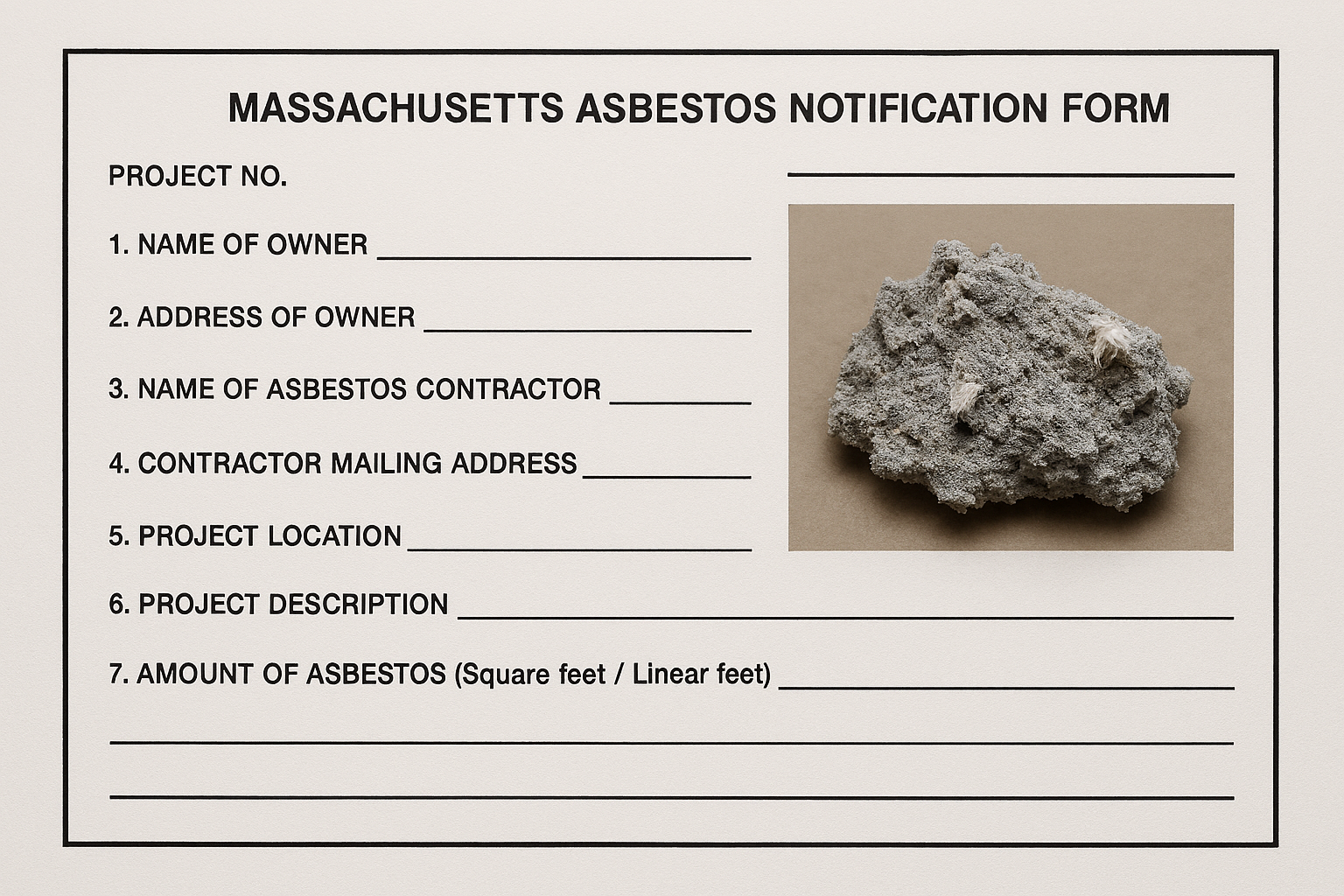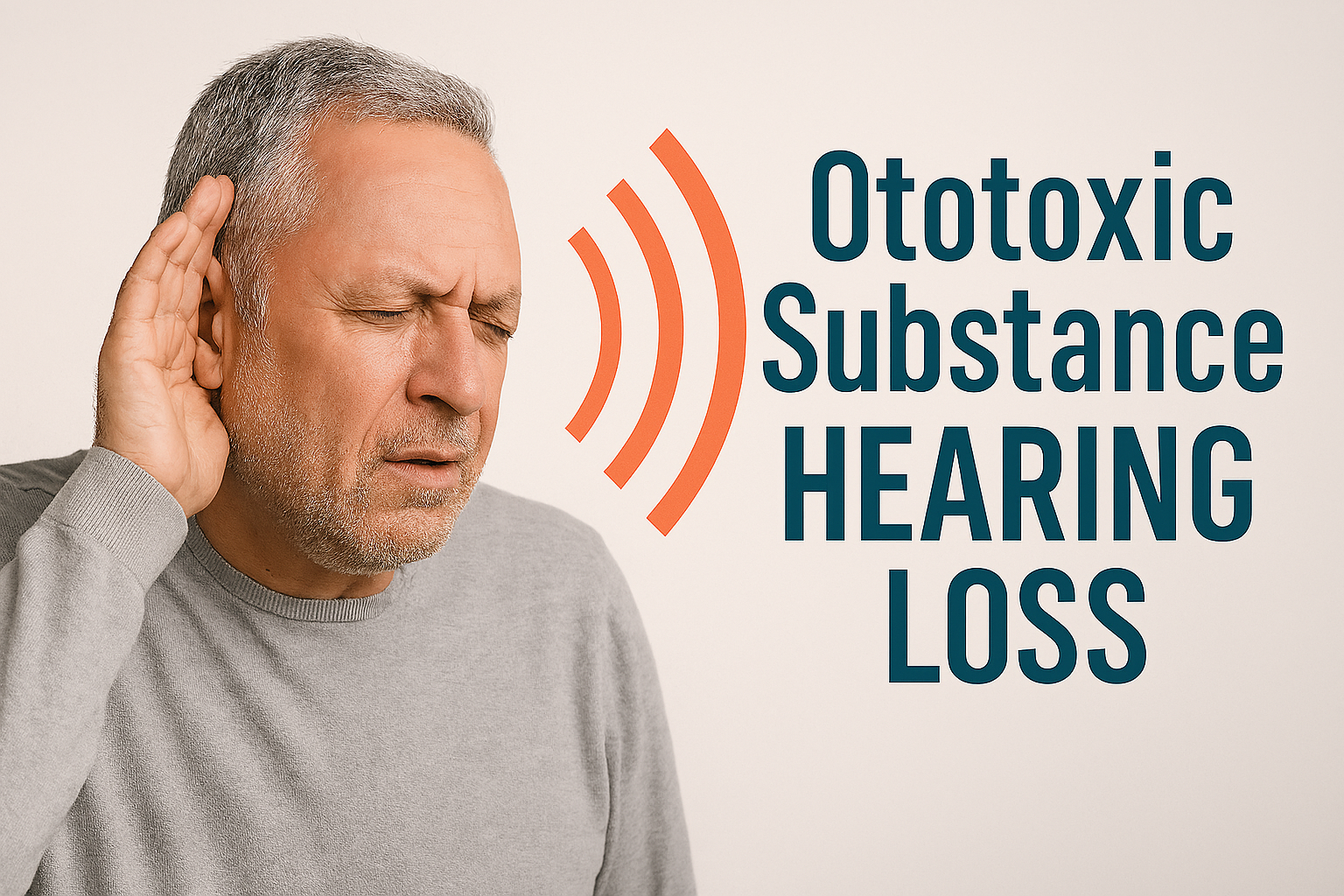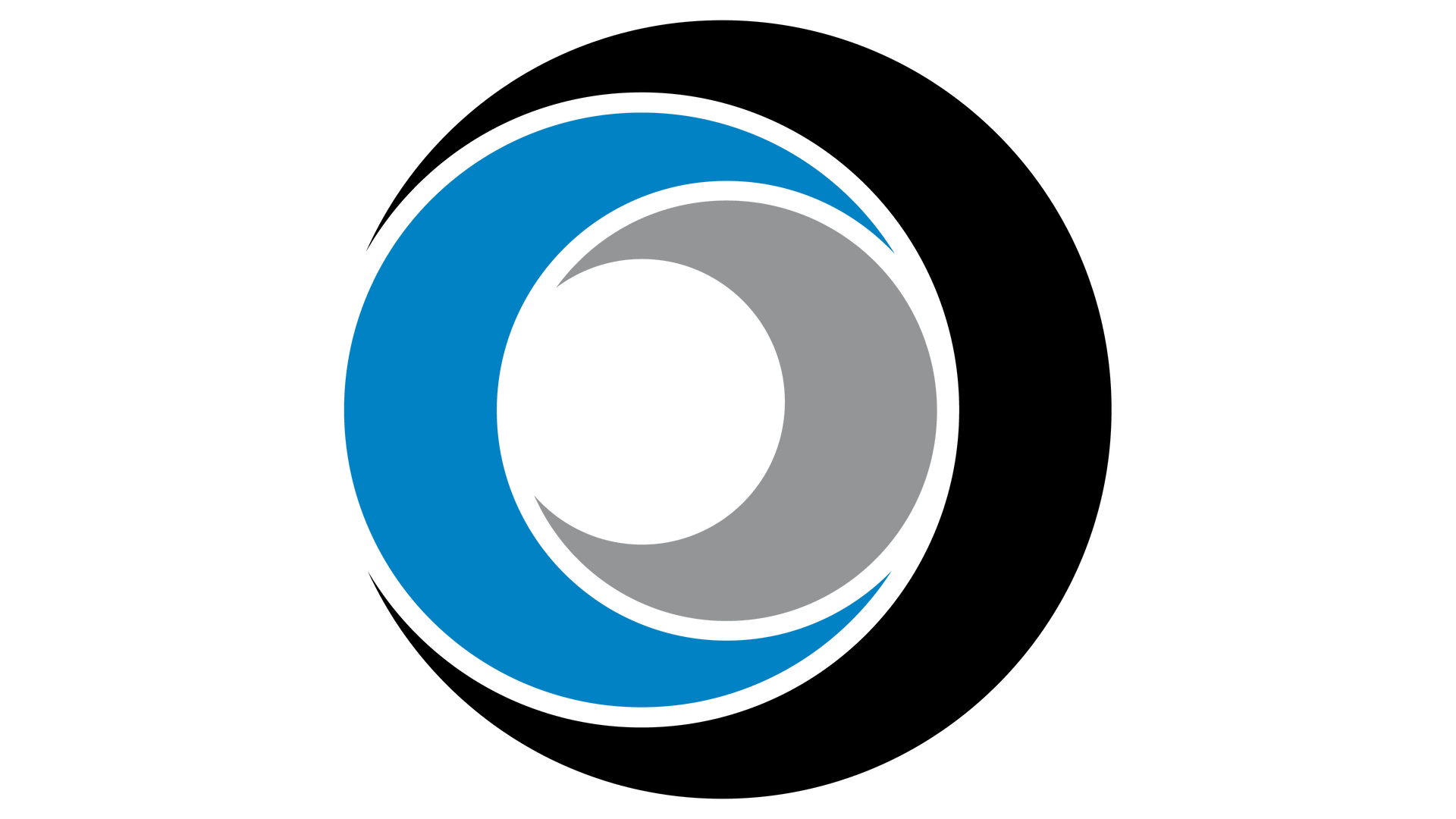I often read that paint is considered “lead containing” if the XRF shows a concentration of 1.0 mg/cm2 or above. In addition, many times if values are found to be lower than 1.0, the report writer states that no additional actions are necessary with regard to lead paint.
This statement reveals a fundamental misunderstanding of lead paint sampling, exposure, and regulatory compliance.
The 1.0 mg/cm2 value come from the U.S. Department of Housing and Urban Development, and is meant to distinguish what they consider to be “lead based paint” from “non lead-based paint.” This value only has meaning in the context of residential housing with young children. It has nothing to do with EPA or OSHA compliance. It is more a definition of what is considered a lead based paint.
In fact, OSHA has issued a
letter of interpretation in which they straightforwardly state that XRF analysis results cannot be used to obtain compliance with the Lead Standard. This is due to the fact that personal exposure exceedances have been documented when lead concentrations are below the 0.1 mg/cm2 value. In other words, the detection limit of the XRF unit is not low enough to ensure acceptable levels of occupational exposure. Damaging paint, even with low levels of lead, can cause significant airborne lead release. This is particularly true for work activities that involve demolition, scraping, grinding, sanding, torch cutting or welding on painted surfaces.
Lead paint sampling can be helpful in determining whether or not an initial exposure assessment is necessary. It can also be helpful in dictating the conditions under which the initial exposure assessment will be performed and how a contractor may go about dealing with the potential hazard. For instance, if extremely high concentrations of lead are detected, OSHA would require workers to wear a full-face or supply-air respirator during the initial
industrial hygiene exposure assessment. It also may be of assistance in determine whether certain surfaces should be abated by a remediation company prior to starting work.
Typically, prior to renovation work, contractors receive a lead and asbestos inspection report from the property owner. These reports usually only have XRF survey data. It is important to underscore that below detection results from the XRF method of lead paint sampling will not be able to avoid the need for an initial
industrial hygiene exposure assessment.
So, if you are reading a hazardous building materials report, and it is evident that an XRF analyzer was used, just know that this data is not sufficient to comply with OSHA regulations. Also, if you see a reference to 1.0 mg/cm2 (or 0.5% lead) you may be dealing with a consultant that does not have a full grasp of the regulations. This betrays a less than full understanding of OSHA’s stance.
Cashins & Associates can help guide you through this process – from initial sampling in the field to on-site initial personal air monitoring. The combined knowledge of our Building Sciences Team along with our Certified Industrial Hygienists ensures that the data evaluation and regulatory guidance we provide is complete and accurate.
If you have a specific question please submit them in the comments below.
Download our Lead Compliance Flow Chart by clicking the button below.
If you have a commercial industry lead compliance issue, please click below to submit your inquiry. Our experts will respond in less than 48 hours!





